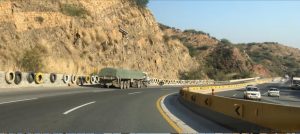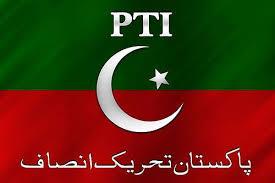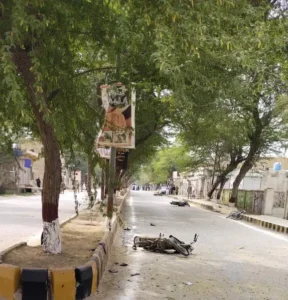Syed Ali Shah:
QUETTA: In Balochistan, over 2 million children are out of school despite repeated enrollment campaigns by the provincial education department, political parties and non-governmental organizations. Learning quality in government-run schools continues to decline as teachers are recruited on a political basis with no proper training to teach students.
During the middle-level examination for the year 2019-20, only 0.8 percent of students secured an A + grade across the province. This simply exposed the declining quality of education in government-run schools.
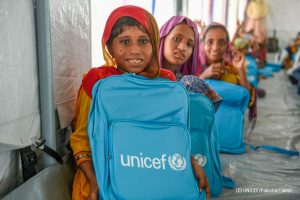
322 students out of a total of 42,823 got A+ grades in the middle examination
Only 322 students got A + grade out of a total of 42,823 candidates in the middle-level examination, statistics of the Balochistan Assessment and Examination Commission (BAEC) revealed. This painted a bleak picture of declining and poor quality of education.
The documents showed 122 students got an A grade during the examination conducted in the province. In 9 districts including Barkhan, Harnai, Kachi, Kharan, Musakhail, Nushki, Sherani, Killa Abdullah, and Sikandar Abad, no student achieved an A + grade.
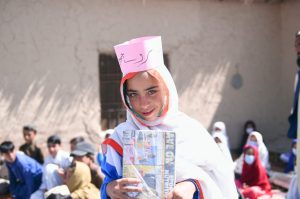
The literacy rate in Balochistan is 46%
The literacy rate in Balochistan is 46 percent as per statistics obtained from the education department with 61 percent male and 29 percent female. The province has not conducted any survey to assess the learning quality of students studying in over 15,000 government-run primary, middle and high schools across Balochistan. As per a confidential report obtained by Daily Quetta Voice, still over 2 million children are out of school.
Similarly, the number of enrolled students in government schools is 1,119,925, the report mentioned. The students studying in private schools are in addition to this. However, no data about the private schools’ enrollment is available.
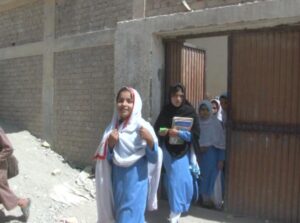
47% of children are out of school in Balochistan
The report mentioned the percent of the out of school children stands at 47 percent. It means half of the children of Balochistan are deprived of education. Those who are going to government schools are unable to read a sentence in English.
The main focus of the Balochistan government in general and the education department, in particular, is on salaries and the construction of new buildings for schools. In every budget, schools are upgraded and strategy is evolved to impart required training to teachers. The provincial teachers training institute remains symbolic and nominal with staff just drawing salaries.
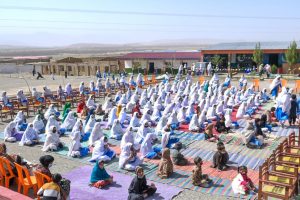
Huge amounts pumped but with no results
The Balochistan government allocated Rs.15 billion to the Public Sector Development Program (PSDP) for the year financial year 20023-24. However, not a single penny has been allocated for the training of teachers and improving curriculum to improve the quality of education in government schools.
European Union provided 18 million euros, World Bank and the Global Partnership for Education have been pumping huge amounts to improve literacy rates and ensure the enrollment of school children. Nevertheless, still 2 million children remain out of school and the quality of education continues to decline.
Tabadlab making some positive strides in this regard
Tabadlab’s Centre for Education Skills & Youth (ESY), is committed to raising awareness about the reading challenges faced in Pakistan. Our goal is to chart a course towards swift progress and development in learning. Your involvement as a reporter/education activist is of paramount importance to amplify our message. By doing so, we aim to engage a wide audience capable of propelling the momentum for a transformative shift in foundational education.
In this whole scenario, the government, political parties, NGOs, and civil society should put their heads together and work on a war footing basis to ensure the enrollment of out-of-school children and improve the quality of education.

